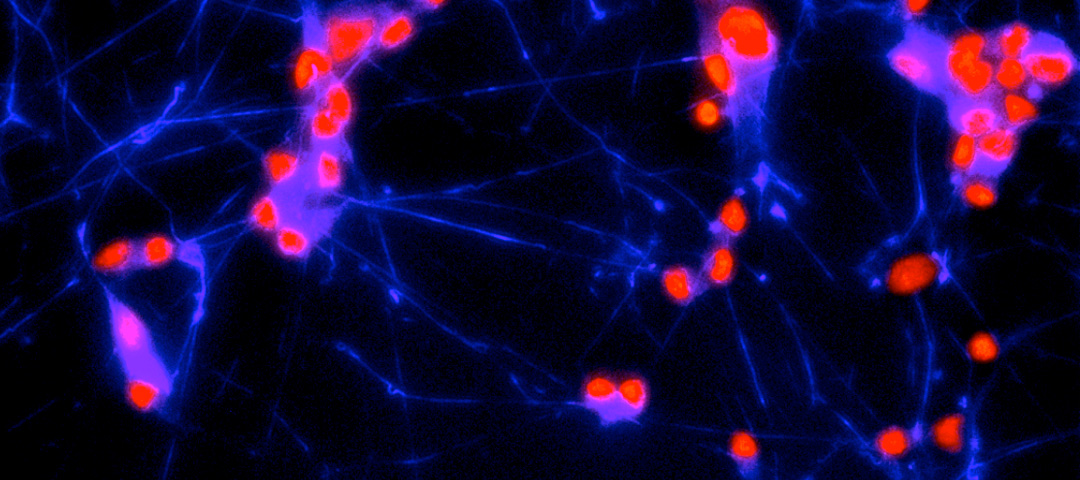A breakthrough in understanding the genetic ‘architecture’ of bipolar disorder
 isbscience.org/news/2015/02/18/a-breakthrough-in-understanding-the-genetic-architecture-of-bipolar-disorder/
isbscience.org/news/2015/02/18/a-breakthrough-in-understanding-the-genetic-architecture-of-bipolar-disorder/
3 Bullets:
- Bipolar disorder (BD) is a common, severe and recurrent psychiatric disorder with no known cure and substantial morbidity and mortality. Heritable causes contribute up to 80 percent of lifetime risk for BD.
- Scientists hope that identifying the specific genes involved in risk for bipolar disorder will lead to new ways to treat the disease.
- ISB researchers identified contributions of rare variants to BD by sequencing the genomes of 200 individuals from 41 families with BD.
By Seth Ament
In research published on Feb. 17 in PNAS, ISB researchers and their colleagues describe a breakthrough in understanding the genetic “architecture” of bipolar disorder and in identifying some of the risk genes. This is the first major whole-genome study of bipolar disorder. Prior to this work, only a handful of replicable risk factors for bipolar disorder were known, primarily common variants with tiny effects.
Title: Rare variants in neuronal excitability genes influence risk for bipolar disorder
Authors: Seth A. Ament, Szabolcs Szelinger, Gustavo Glusman, Justin Ashworth, Liping Hou, Nirmala Akula, Tatyana Shekhtman, Judith A. Badner, Mary E. Brunkow, Denise E. Mauldin, Anna-Barbara Stittrich, Katherine Rouleau, Sevilla D. Detera-Wadleigh, John I. Nurnberger Jr., Howard J. Edenberg, Elliot S. Gershon, Nicholas Schork, The Bipolar Genome Study, Nathan D. Price, Richard Gelinas, Leroy Hood, David Craig, Francis J. McMahon, John R. Kelsoe, and Jared C. Roach
Journal: PNAS
Link: pnas.org/content/early/2015/02/09/1424958112.abstract
Acknowledgements: Thank you to the families who participated in the genetics studies. It has been a real joy to work on this project with our collaborators, led by John Kelsoe (UCSD) and Francis McMahon (NIMH).
It is estimated that up to 80 percent of lifetime risk for bipolar disorder is due to genetic causes. However, finding these risk genes has turned out to be incredibly difficult – even more difficult than in a number of other common diseases. The difficulty in finding genetic causes for bipolar disorder is most likely due to the large number of genes involved. There may be hundreds of genes involved, few of which are known. In addition, common genetic variation appears to contribute less to risk for bipolar disorder than in some other diseases.
There are two key findings in the study. First, the team identified several genes and pathways that have a significant burden of rare variants in bipolar disorder. These results provide new insights into specific biological mechanisms of bipolar disorder risk. Most notably, there is a significant burden in bipolar disorder families for several classes of neuronal ion channels. The movement of electrically charged ions in and out of neurons in the brain produces electrical currents, which are the primary way that neurons communicate with one another and process information about the world. The ion channels that were identified in this study are specifically involved in regulating the coupling of electrical activity between pairs of neurons at interaction zones called synapses. We found that there are many different rare variants in these genes, and most people with bipolar disorder seem to inherit more than one variant that could influence ion channel functions. While these findings are preliminary, the results are exciting because they shed light on a problem with which scientists have been struggling for a long time.
Second, the team found that many of the rare risk variants for bipolar disorder are located in regulatory regions. The sequences of protein-coding genes make up only about 1 percent of the human genome. Another 1-2 percent of the genome encodes instructions for gene regulation: when and where in the body a protein-coding gene will be turned on. Genetics studies of rare variants have usually focused on mutations in protein-coding regions because they are easier to understand. But as scientists get better at interpreting the instructions in the regulatory regions, it is becoming clearer that many of the disease-causing mutations are located in these regions. This study suggests that this is the case for bipolar disorder, given that 88 percent of the risk variants identified in the study were located in regulatory DNA rather than in the protein-coding genes.
Read More: ScienceNews published a brief about this research. article
Neuropsychiatric disorders such as schizophrenia, bipolar disorder, and major depression are the leading cause of disability in the United States. For bipolar disorder alone, up to 15 percent of cases result in suicide. Such a statistic underscores the need for better ways to treat and prevent mental illness, especially since existing treatments fail to work for many patients. Scientists hope that identifying the specific genes involved in risk for bipolar disorder will lead to new ways to treat the disease.
About Dr. Seth Ament: Seth is a post doctoral fellow in the Price Lab at ISB.




